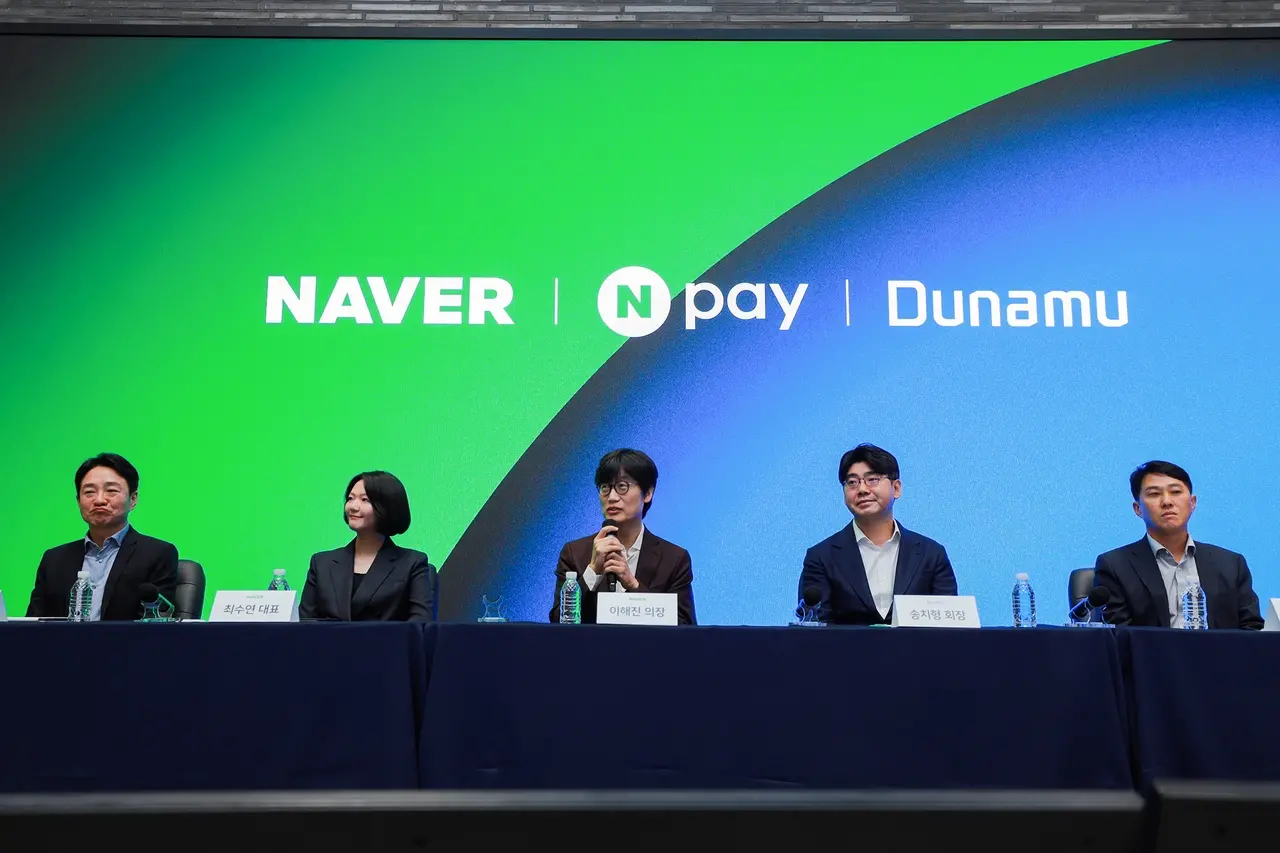Kain Warwick’s Infinex builds on $67.7 million Patron NFT round with Sonar sale ahead of INX’s 2026 TGE
Quick Take Infinex will open its Sonar token sale ahead of a January 2026 token generation event. The sale offers 5% of the token supply at a $300 million fully diluted valuation, with allocations for Patron NFT holders and a lottery for non-Patrons. Founder Kain Warwick says the goal is broader distribution as Infinex positions itself as a “crypto superapp” spanning wallets, DEX aggregation, perps trading, and more.

Crypto superapp Infinex has revealed details of its Sonar token distribution, a new round that will allow community members to acquire INX tokens ahead of the project’s January 2026 token generation event.
The move follows Infinex’s $67.7 million Patron NFT sale last year, and is designed to widen token ownership beyond the early participants in the prior round. Infinex aims to distribute 5% of the total INX supply at a fixed $300 million fully diluted valuation via Sonar, targeting a $15 million raise, founder Kain Warwick said on The Block's Big Brain podcast released on Thursday.
Building on Patron sale momentum
According to Warwick, who previously launched the early Ethereum DeFi project Synthetix, the Sonar round is intended to build on the momentum of last year’s Patron NFT raise. That massive digital collectible fundraiser spanned six blockchains and drew backing from Founders Fund, Solana Ventures, Wintermute Ventures, and many founders across the crypto ecosystem.
Warwick said distributing via Sonar will provide investors broader exposure to what he calls crypto’s next dominant application format. “The form factor that will dominate crypto over the next five years will be the superapp,” he said.
Tokens acquired through this round will carry a one-year lock, though participants can opt into an early-vesting mechanism by paying a premium above the base price. Infinex said its treasury will retain roughly 25% of the total token supply for future incentives after the Sonar round.
Access to the distribution is split between existing Patron NFT holders and new participants.
Each of the 100,000 Patron NFTs entitles holders to 100,000 INX tokens at TGE, with liquid Patron holders receiving allocation rights based on the number of Patrons they own. According to Infinex, one Patron grants a $2,000 allocation, five Patrons correspond to $15,000, 25 Patrons allow up to $100,000, and 100 Patrons unlock a maximum allocation of $500,000.
Participants without Patron NFTs will still be able to join the distribution through a separate lottery-based entry path. Their allocations will be capped at $5,000 per person, with a $200 minimum purchase requirement.
"Pre-registration for the distribution will be in the coming weeks," Infinex said.
Sonar operates under the Coinbase "umbrella" following the exchange's $400 million acquisition of parent project Echo in October, but still functions independently for self-hosted processes, according to a source familiar with the system. "So it's not like Monad," the source said, referencing the recent MON token offering using Coinbase's newly launched platform.
What Infinex is building
Infinex describes itself as a crypto superapp that combines wallet infrastructure, trading features, and multi-chain connectivity into a single interface. The platform includes a non-custodial, gas-abstracted multichain wallet supporting more than 20 networks, along with integrated trading flows for swaps, perpetual futures, predictions, and other onchain actions.
The aim is essentially for Infinex to become a universal access point for anything crypto, including upcoming blockchains like Fogo and MegaETH.
Users can import existing wallets and “defrag” their portfolios through tools scheduled to go live on Nov. 30. There's also a browser extension for decentralized applications in the works and a passkey authentication system that makes it easier for users to access their portfolios across different devices, details shared with The Block revealed.
Driving use may also drive INX's revenue-driven tokenomics, which will operate on straightforward buyback-based economics. “We generate platform revenue across multiple products, then use that revenue to buy back tokens,” Warwick said, noting many of the wallet's tools are already live. Previously, the project partnered with the Near Foundation to integrate chain signatures and tapped Wormhole's bridge architecture for cross-chain functionality.
“The more revenue we generate before TGE, the more we’ll have for buybacks when INX starts trading,” Warwick said. Treasury activity is tracked publicly through HyperTracker, according to an official statement.
Disclaimer: The content of this article solely reflects the author's opinion and does not represent the platform in any capacity. This article is not intended to serve as a reference for making investment decisions.
You may also like
Forbes 2026 Crypto Trend Forecast: Where Will the Market Go After Volatility Decreases?
The stablecoin frenzy, the financialization of bitcoin, and cross-border capital flows are accelerating the restructuring of the industry.

Once the most lucrative application, is it now completely abandoned?

The four-year bitcoin cycle is invalidated—who will lead the new two-year cycle?

You may have misunderstood JESSE; this is an attempt to bring revenue to the Base chain.
